Archives
- 2025-12
- 2025-11
- 2025-10
- 2025-09
- 2025-03
- 2025-02
- 2025-01
- 2024-12
- 2024-11
- 2024-10
- 2024-09
- 2024-08
- 2024-07
- 2024-06
- 2024-05
- 2024-04
- 2024-03
- 2024-02
- 2024-01
- 2023-12
- 2023-11
- 2023-10
- 2023-09
- 2023-08
- 2023-07
- 2023-06
- 2023-05
- 2023-04
- 2023-03
- 2023-02
- 2023-01
- 2022-12
- 2022-11
- 2022-10
- 2022-09
- 2022-08
- 2022-07
- 2022-06
- 2022-05
- 2022-04
- 2022-03
- 2022-02
- 2022-01
- 2021-12
- 2021-11
- 2021-10
- 2021-09
- 2021-08
- 2021-07
- 2021-06
- 2021-05
- 2021-04
- 2021-03
- 2021-02
- 2021-01
- 2020-12
- 2020-11
- 2020-10
- 2020-09
- 2020-08
- 2020-07
- 2020-06
- 2020-05
- 2020-04
- 2020-03
- 2020-02
- 2020-01
- 2019-12
- 2019-11
- 2019-10
- 2019-09
- 2019-08
- 2019-07
- 2019-06
- 2019-05
- 2019-04
- 2018-11
- 2018-10
- 2018-07
-
The binding of collagen X to
2020-11-19

The binding of collagen X to DDR2 differs from the binding of collagen X to α2β1 integrin in that the triple helical conformation is essential for DDR2 binding. We previously reported that heat denatured pepsinised collagen X supported cell adhesion via α2β1, indicating that the triple-helical confo
-
Recent studies have shown arsenic could
2020-11-19
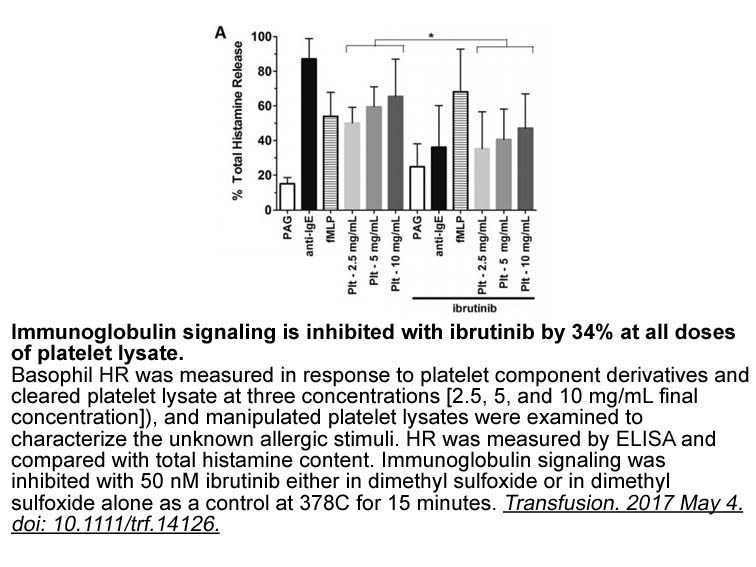
Recent studies have shown arsenic could cause autophagic cell death in malignant cells, including leukemia and malignant glioma polymyxin sulfate receptor [16], [17]. However, at present, little is known about the consequences of arsenic-treated urothelial cells in autophagy and expression of its r
-
In the preclinical evaluation of CRF receptor antagonists ef
2020-11-19
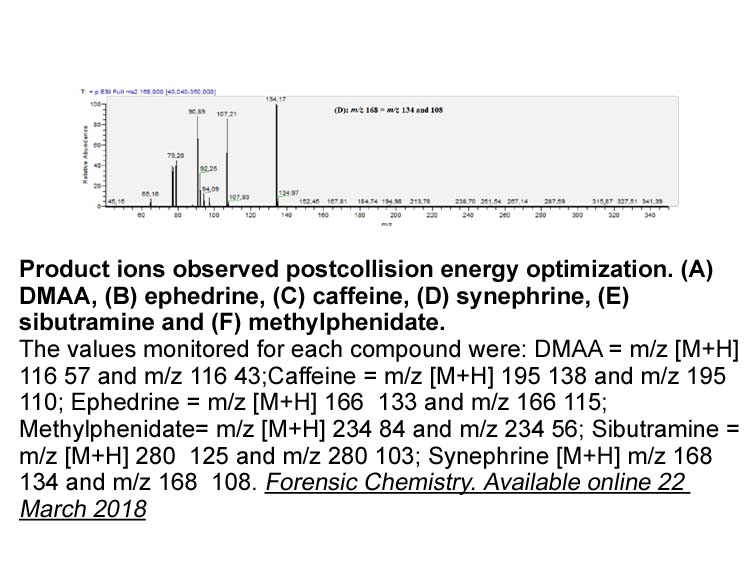
In the preclinical evaluation of CRF1 receptor antagonists, effects were mainly focused on the regulation of hyperactivated HPA axis and the modulation of anxiety or depressive-like behaviors in CRF challenge [16], [17], [18] or stress models [16], [19], [20]. However, it remains to be concluded whe
-
Synthetic progestogens also known as synthetic gestagens syn
2020-11-19
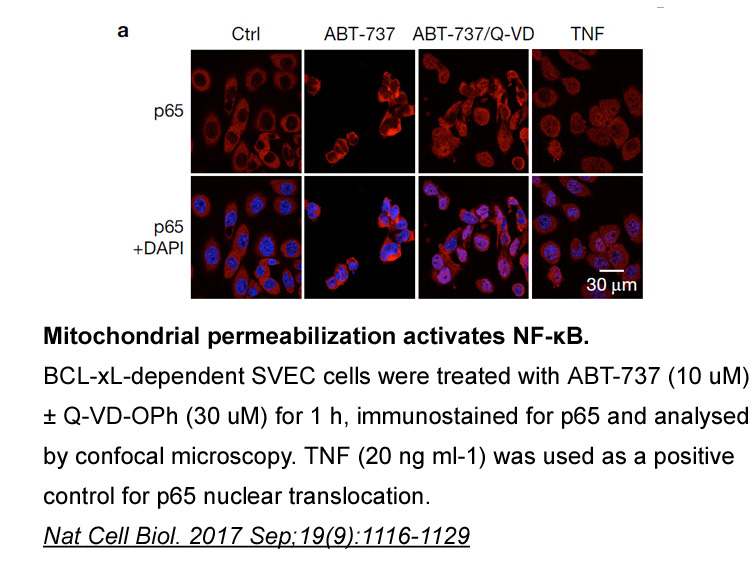
Synthetic progestogens (also known as ‘synthetic gestagens’, ‘synthetic progestins’ or simply ‘progestins’) are designed to mimic the effects of progesterone (P4) and are the active pharmaceutical ingredient in many contraceptives and hormone replacement therapies. Since most progestins are derived
-
Furthermore certain components in the Melanocyte
2020-11-18

Furthermore, certain components in the Melanocyte Growth Medium seem to influence the response to UV radiation [17]: UV-induced effects on tyrosinase activity were less distinct in melanocytes cultured with phorbol 12-myristate 13-acetate [18], which was also an ingredient in our Melanocyte Growth M
-
Kasugamycin hydrochloride mg br Activatable MRI probes MRI i
2020-11-18
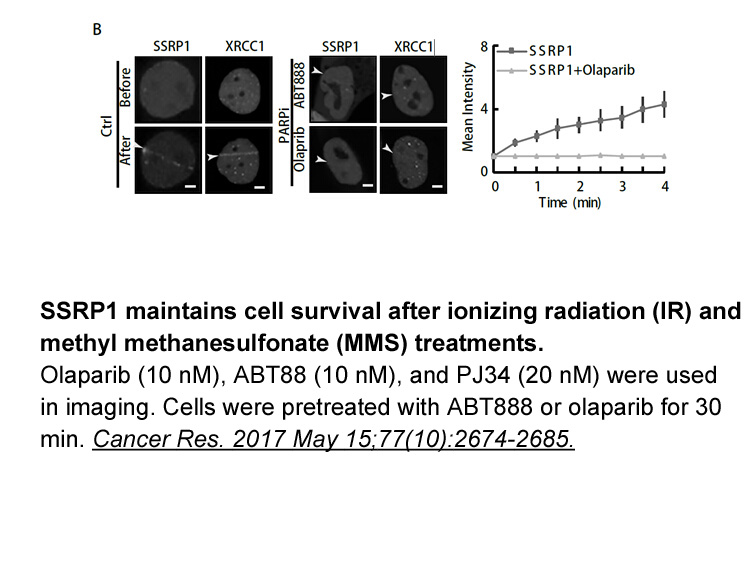
Activatable MRI probes MRI is commonly used in clinics around the world and has the advantages of outstanding tissue-penetration depth and extremely high spatial resolution for in vivo imaging [33]. MRI has relatively poor sensitivity and usually requires Kasugamycin hydrochloride mg agents to e
-
There are conflicting studies on ET axis and its
2020-11-18
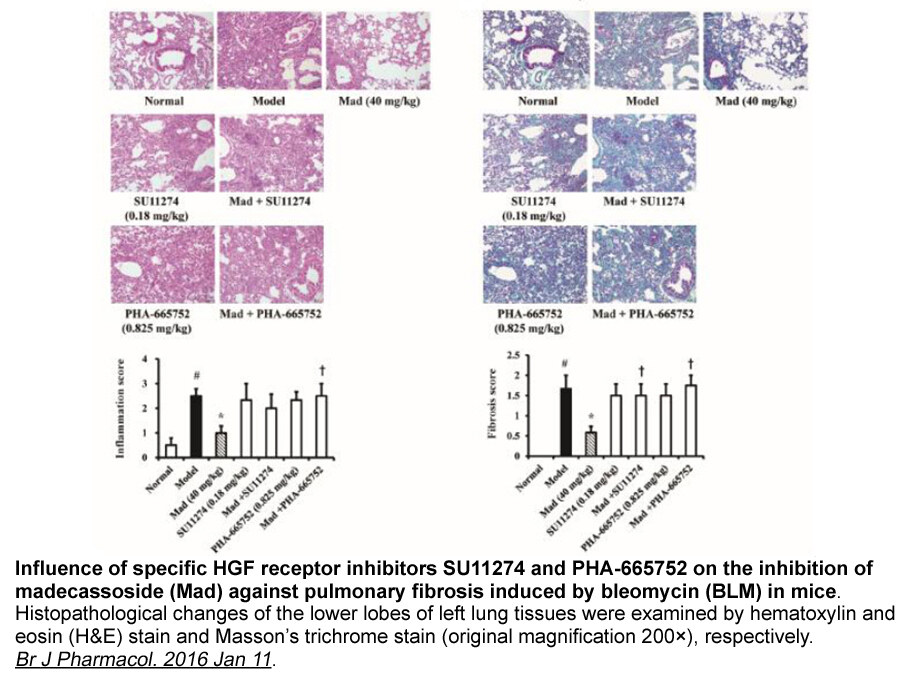
There are conflicting studies on ET axis and its relationship with clinicopathologic parameters in various cancers. Endothelin axis expression in the tissue and in blood has been associated with advanced cancer characteristics in colorectal, breast, and prostate cancer, while showing no linkage to c
-
However in many of the above mentioned studies the
2020-11-18
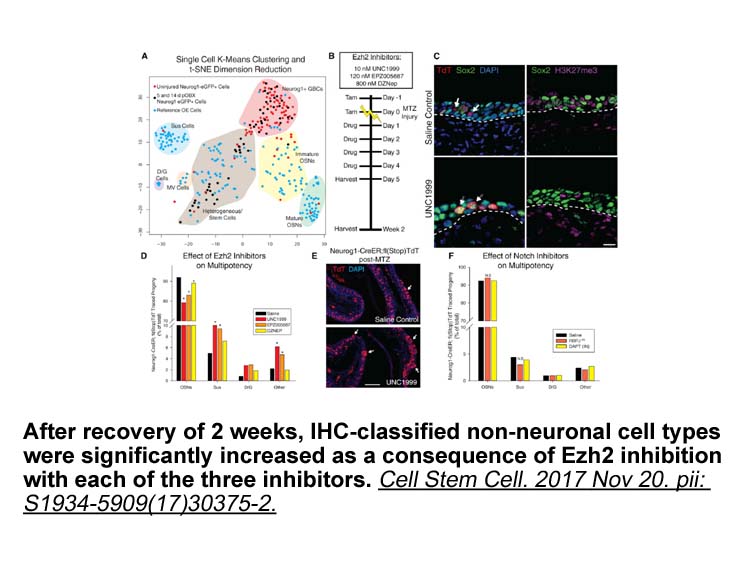
However, in many of the above mentioned studies, the NaCl concentrations in the extraction buffers were different from those used here. For instance, in the study that performed cathepsin D extraction from human AD Genipin receptor tissue, the concentration was 150mM [30], while that for the extrac
-
Cepharanthine Aminothiazole derivatives have been reported t
2020-11-18
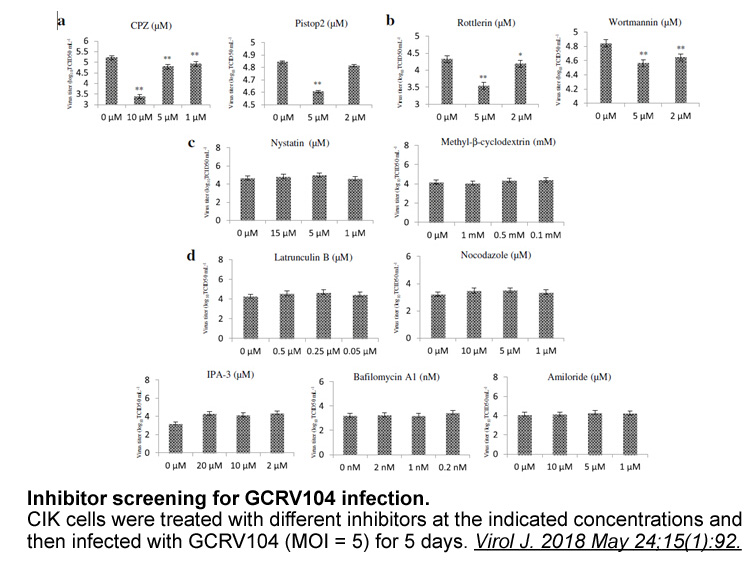
2-Aminothiazole derivatives have been reported to contain antiviral [17], anti-inflammatory [18], and antimicrobial [19] activities. The in vitro anticancer studies showed that different 2-aminothiazole derivatives possess selective and potent inhibitory effect against wide-ranging human cancerous c
-
br Experimental procedures br Acknowledgments br Introductio
2020-11-18
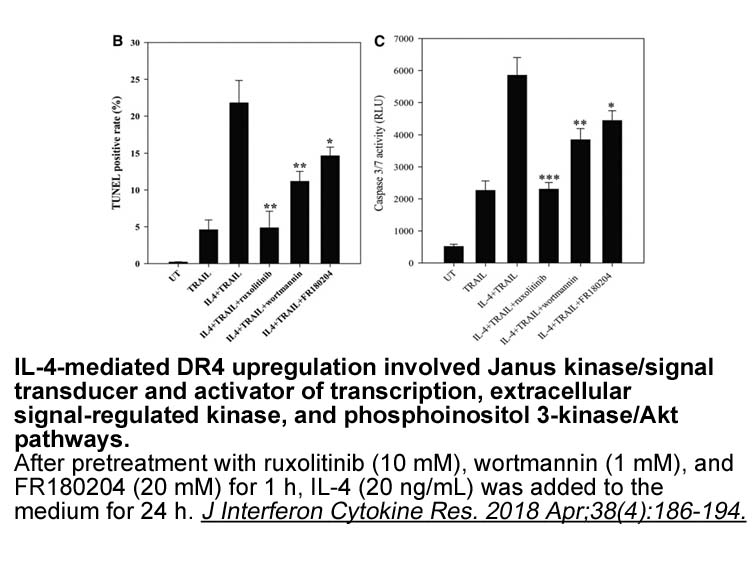
Experimental procedures Acknowledgments Introduction Receptor tyrosine kinases (RTKs) control many fundamental cellular processes, such as cell proliferation, differentiation, migration, and metabolism (Lemmon and Schlessinger, 2010). RTK activity is normally tightly controlled, and dysregu
-
In the context of E ligase drug discovery it is
2020-11-18
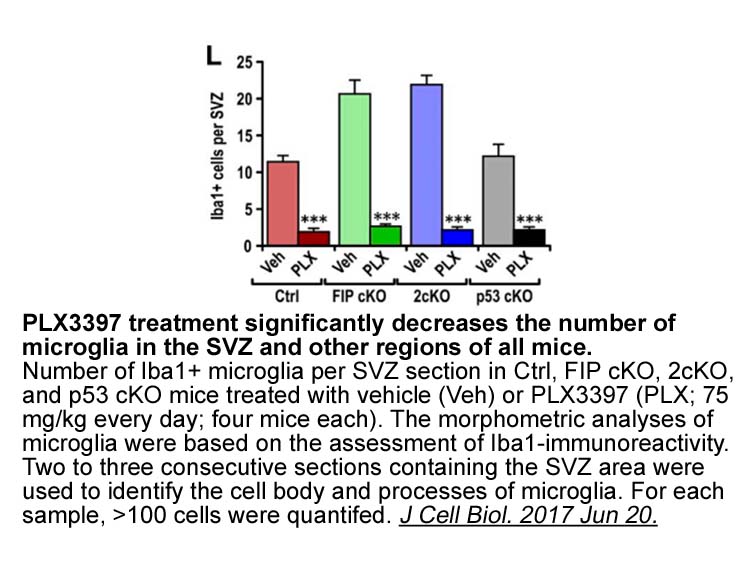
In the context of E3 ligase drug discovery, it is critical to identify the appropriate E2/E3 substrate pairing to ensure the development and use of the most physiologically relevant screening assay. There have been many reports of limited E2/E3 activity profiling with a small number of E2 and E3 951
-
ampk inhibitor UBA belongs to the non
2020-11-18
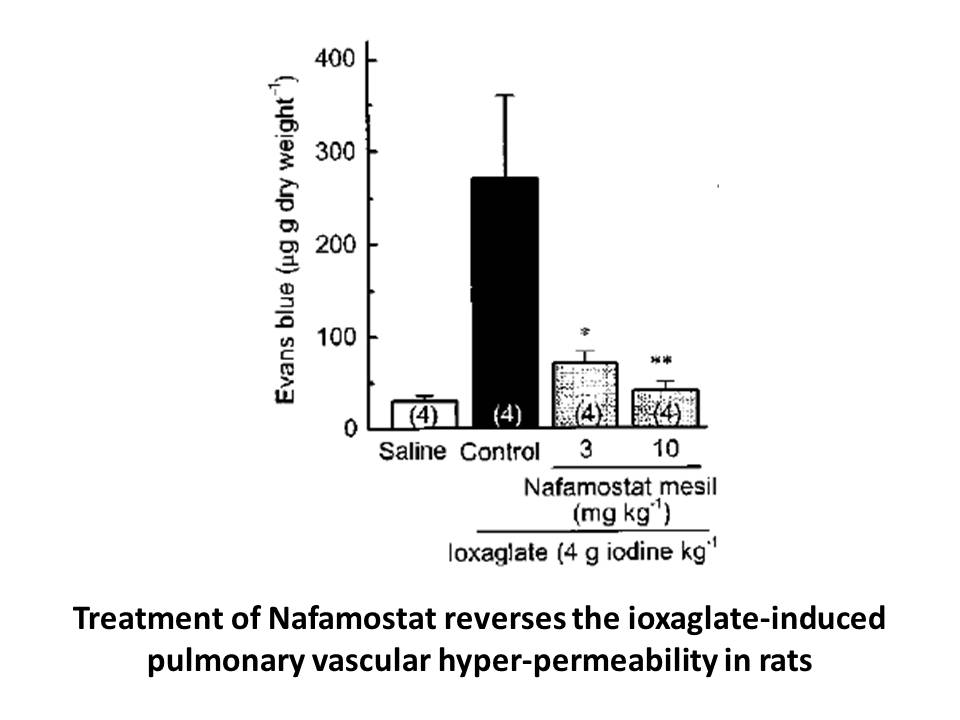
UBA5 belongs to the non-canonical E1 enzymes that lack a defined Cys domain but have the active-site Cys within the adenylation domain [24]. Similar to other E1 enzymes, UBA5's adenylation domain comprises an eight-stranded beta sheet that is surrounded by helices [21]. Moreover, like the ancestral
-
E protein expressed in a plasmid encoding codon optimized
2020-11-18
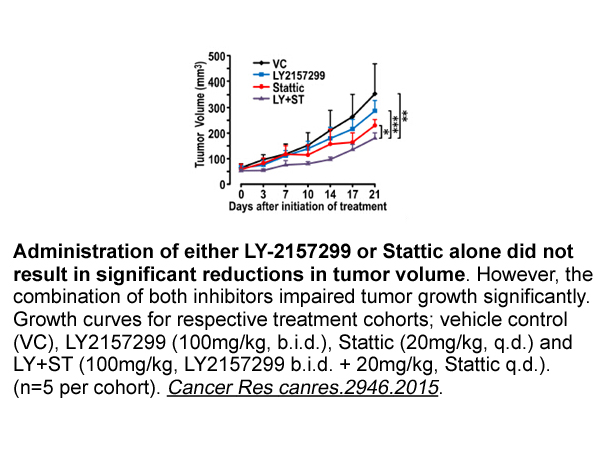
E1 protein expressed in a plasmid encoding codon-optimized canine oral papillomavirus (COPV) led to therapeutic immunization of COPV-infected Beagle dogs [25], [26], which was better than that achieved with plasmids encoding E2 or E7 COPV. Moreover, E1 and E2 from cottontail rabbit papillomavirus (C
-
In normal cells the apoptotic stimuli lower the
2020-11-18
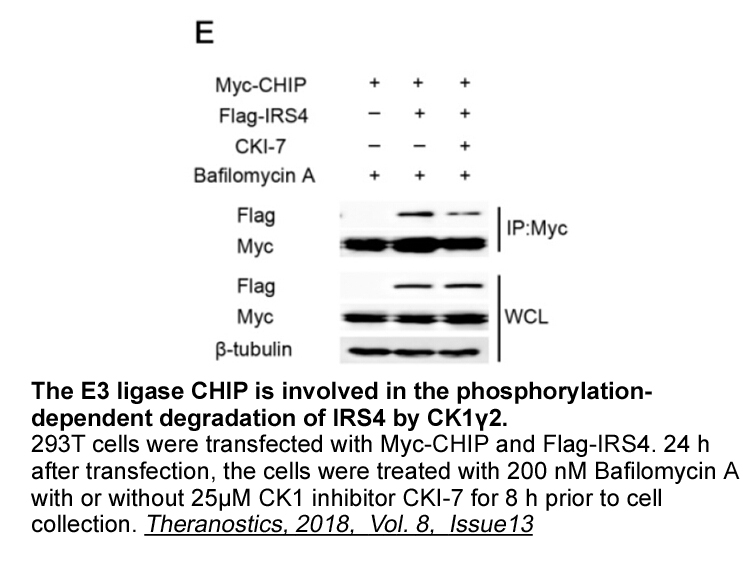
In normal cells, the apoptotic stimuli lower the expression level of antiapoptotic proteins by increasing turnover rate and preventing the constant degradation of proapoptotic proteins. Thus, the dysregulation of anti-/pro-apoptotic proteins will confer the survival of cancer Tigecycline australia v
-
Fmoc-L-Arg(Aloc)2-OH The mesolimbic dopamine system is
2020-11-18
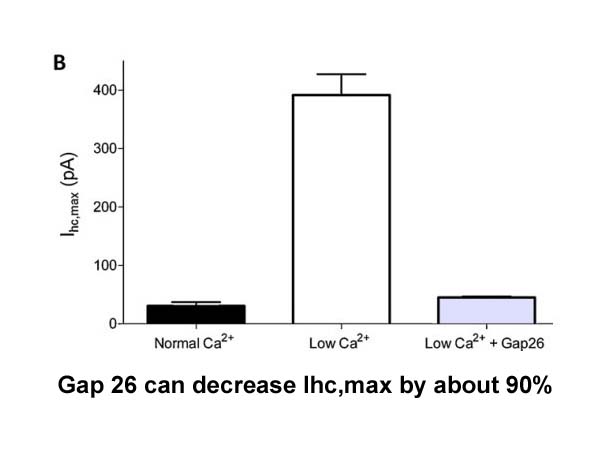
The mesolimbic dopamine system is believed to be highly important for evaluating environmental stimuli in order to generate an adaptive behavioral response. Thus, not surprisingly these functions appear to have been highly conserved across the vertebrate subphylum. Even though teleost fish lack midb
15892 records 739/1060 page Previous Next First page 上5页 736737738739740 下5页 Last page